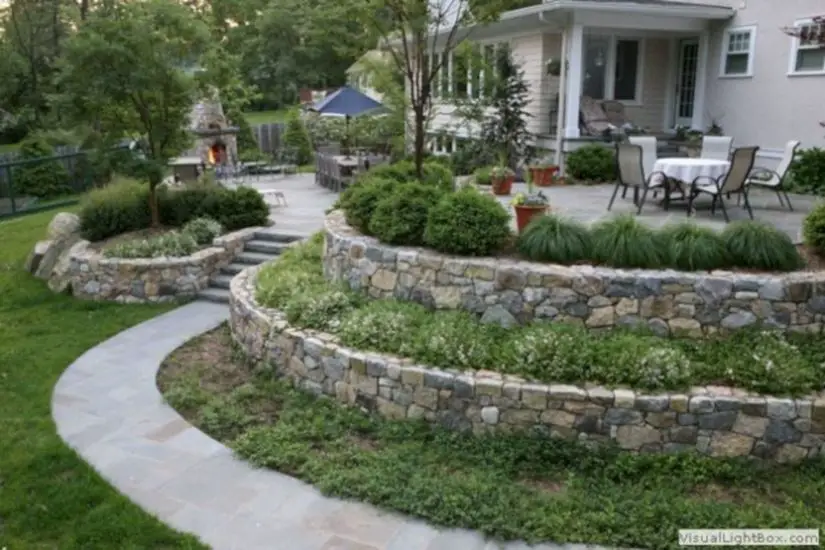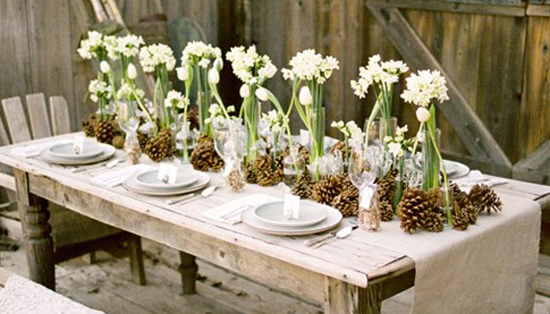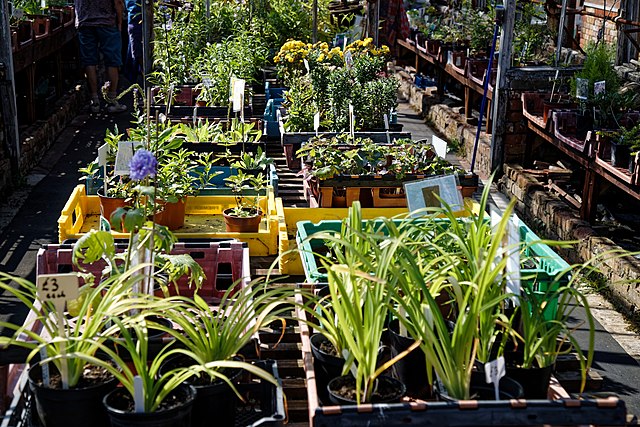Plants have a natural appeal that humans can’t just get enough of. You can tell by the lengths homeowners go to include them in their indoor/outdoor designs.
Thanks to myriads of landscaping ideas, you can grow your home garden in many different ways–one brilliant approach is designing a sloping garden.
While some homeowners resort to sloping gardens because of the alignment of their terrain, others mold their backyards purposely to achieve this look.
Sloping gardens can take many forms depending on a homeowner/designer’s creativity, and sometimes, the terrain.
What is a Sloping Garden?
As the name suggests, this is a garden grown on sloping/rugged terrain or designed to appear as though it were on a slanting landscape.
Designing a garden on a slope makes it look bigger and more aesthetic. It also forms different levels on a space, helping one divide a garden into different zones.
For instance, partitioning your yard into levels is an excellent way to achieve slopes if you wish to build a relaxing area, sunroom, pool, or flower pot into your design.
Anyone can create a sloping garden regardless of the size of their backyard. Discover some creative ways to grow one below.
Designing a Sloping Garden: Tips & Tricks
The idea of a sloping landscape makes your garden design fun in many ways. Below are the far-reaching benefits of a sloping garden:
- It adds beauty to your design
- It gives the impression of a larger garden
- Allows you to split your garden into zones
- It makes it easier to incorporate other features into your design, e.g., outdoor art, a garden room, relaxing zone, swimming pool, etc.
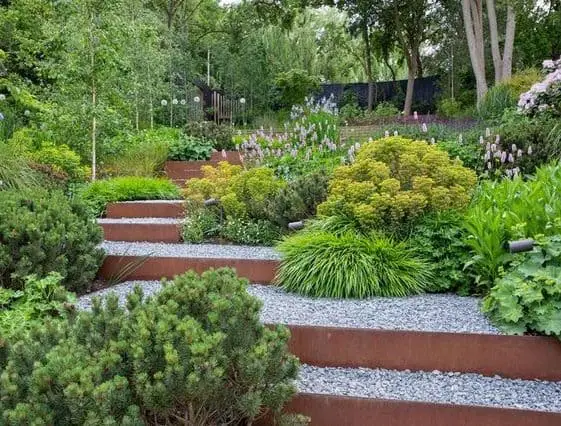
So what are some ideas to consider when designing a sloping garden?
1. Grow grass on garden stairs
Staircases are the easiest way to create a slope in a garden. They also help you move from one place to another when navigating the different zones.
Though you’ll find stairs in most sloping gardens, many people hardly think of growing grass on the stairs themselves.
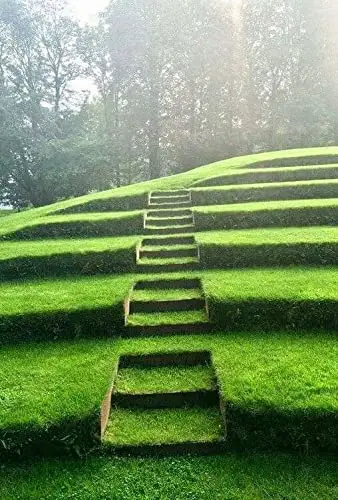
Yet this unique approach can make your yard stand out and let nature dominate your design. When choosing the grass to grow on a staircase, consider short species to allow easy navigation.
2. Go up, go down as you wish!
A sloping garden must not have a uniform slant. You can split your farm into multiple zones with varying levels.
Just go up and down as you wish! For instance, you can build a raised concrete vegetable pot and then plant grass on the stairs leading to a recessed flower zone.
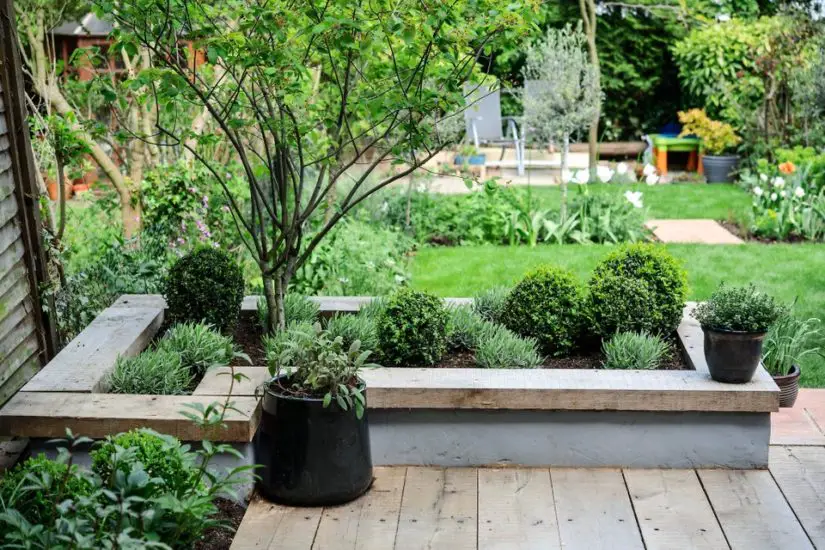
3. Add an elevated water feature
A raised pool, fountain, or oasis is a brilliant way to achieve a slope in your garden.
You can also add stairs or arrange stones along the path leading to these features and grow around plenty of greens.
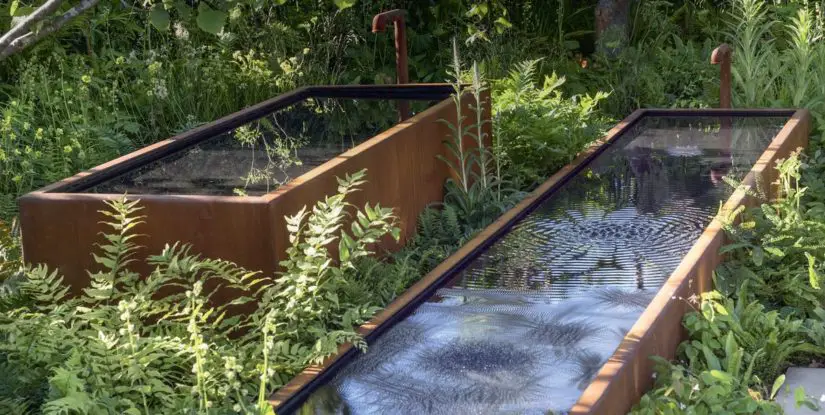
Beyond creating the slant you need, a water feature also creates an all-natural surrounding that blends well with vegetation making your outdoors a serene, relaxing area.
If your design allows, throw some water plants/flowers into your oasis to form a water garden.
4. Construct a raised seating zone
A relaxing zone complete with chairs and a table is not uncommon in most gardens. After all, what’s the purpose of a garden that you cannot spend time on?
When partitioning your garden, remember to leave space for a raised concrete seating zone.
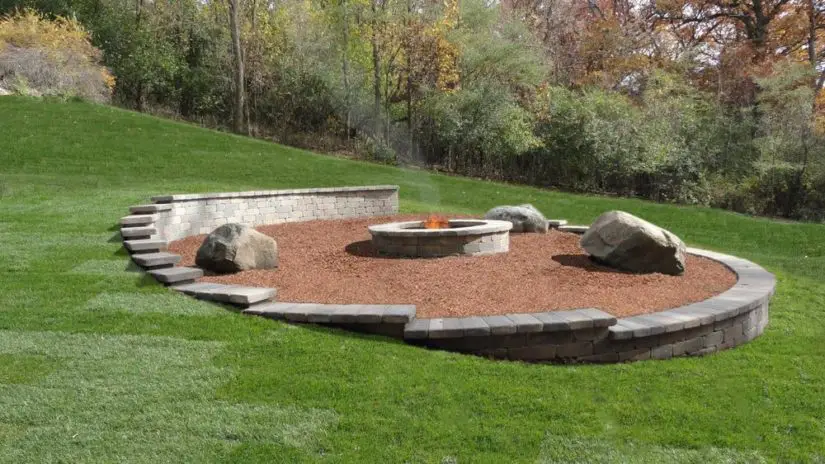
Add attractive patio furniture to make it the center of attraction but don’t forget to decorate it with plenty of ground covers and herbs.
5. Build inclined flower beds
Though it may take plenty of effort to create one (if you have a flat terrain), inclined flower beds can make your garden irresistible.
You can build inclined flower beds in many different ways, e.g., take advantage of any sloping area, mold your landscape to fit this style, or make custom wooden beds and place them in strategic zones.
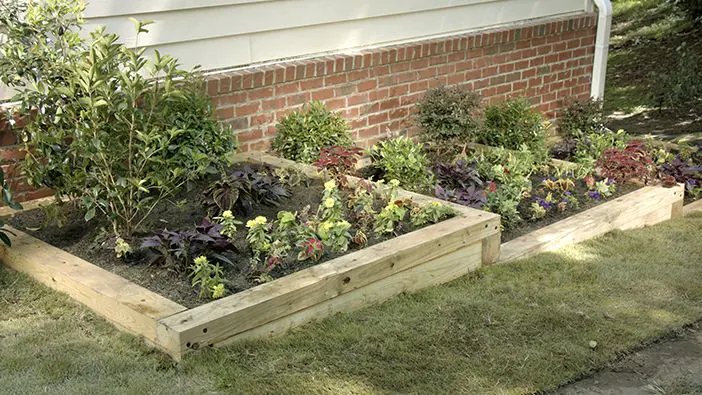
Inclined flower beds look better with short or medium-height plants. If you like, blend the two to create a unique appeal.
6. Build a gabion staircase
Gabions (made of stones and wire mesh) can form excellent staircases and give the impression of a slope.
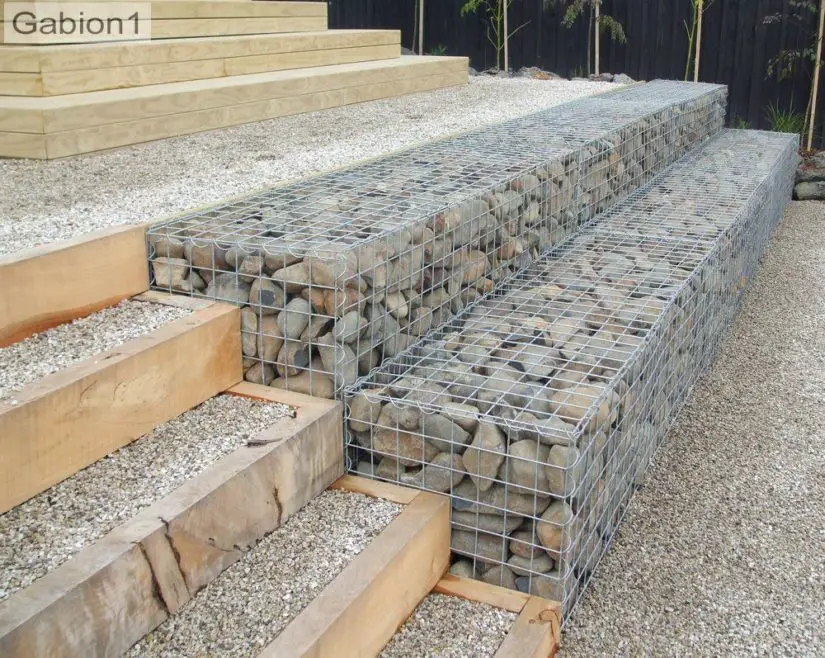
Adding stones and a hint of metal also reinforces your nature-inspired theme while creating a unique design you won’t find anywhere.
Lastly, complete your design by adding a soil layer to your gabion staircase and planting some herbs.
A Final Word on Growing a Sloping Garden
Which idea would you like to try? Well, that wasn’t all! There are many other ways to build a sloping garden into your home design.
Remember, nothing is written in stone, do not be afraid to break the rules, try the weirdest designs, or tweak styles anytime because your design is what you make it.
Lastly, don’t walk this path alone. Consult a landscaping artist to help mold your land into the desired slope, choose the right plants, split your yard into zones and arrange plants.
